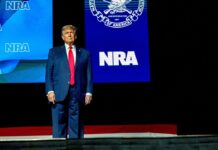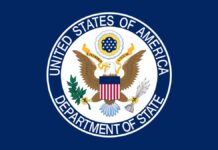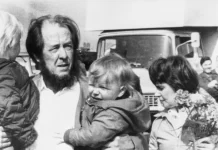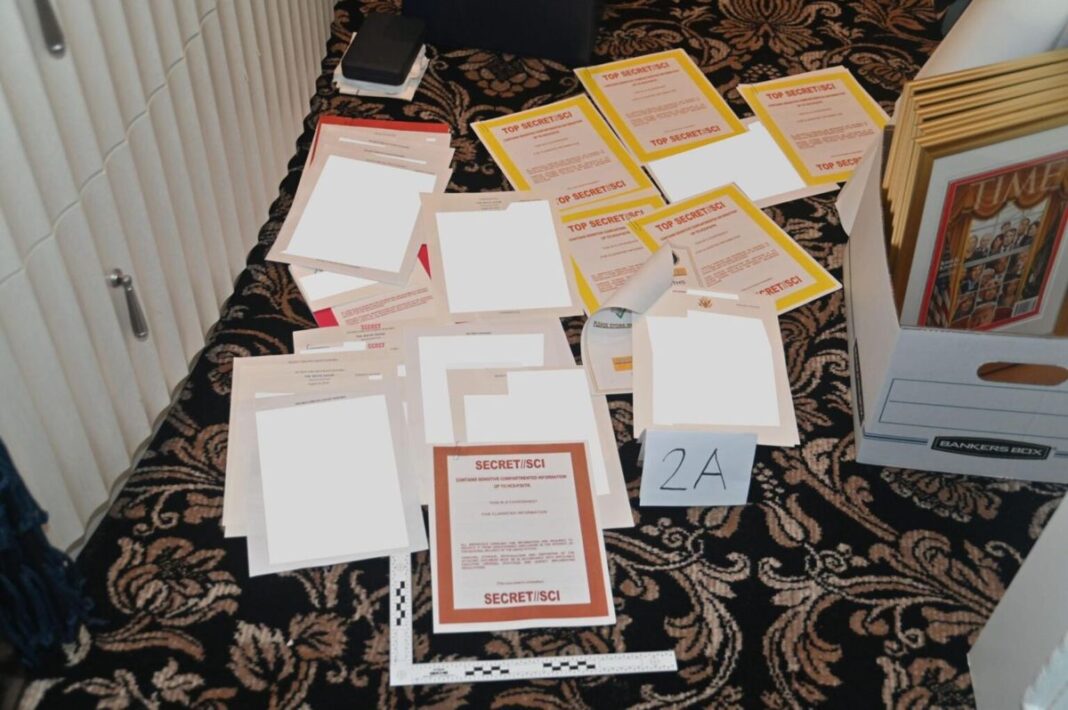
New disclosures in Special Counsel Jack Smith’s espionage case against Donald Trump reveal the FBI tampered with evidence to create the infamous photo–and DOJ has lied about it for nearly two years
It is the picture that launched a thousand pearl-clutching articles.
A few weeks after the armed FBI raid of Mar-a-Lago in August 2022, the Department of Justice released a stunning photograph depicting alleged contraband seized from Donald Trump’s Palm Beach estate that day; the image showed colored sheets representing scary classification levels attached to files purportedly discovered in Trump’s private office.
Included as a government exhibit to oppose Trump’s lawsuit requesting a special master to vet the 13,000 items taken from his residence, the crime scene pic immediately went viral—just as Attorney General Merrick Garland, who authorized the unprecedented raid, intended.
At the time, even regime-friendly mouthpieces questioned the need and optics of the raid; the photo helped juice the DOJ’s justification for the storming of Trump’s castle.
“[The] question of whether Trump had classified material with him at his Mar-a-Lago resort has captured the public’s attention. The photo published by the government appears to answer that question quite affirmatively,” Washington Post resident fact checker Philip Bump wrote on August 31, 2022.
Some of Bump’s colleagues were more hyperbolic. An ex-CIA officer told ABC News the cover sheets indicated the highest level of secrecy, which in the wrong hands could have resulted in murder. “People’s lives are truly at stake. Without being melodramatic, anything that helps an adversary identify a human source means life and death,” intelligence expert Douglas London melodramatically warned in reaction to the photo.
The New York Times insisted the photo was consistent with how the FBI handles criminal investigations. “[It] is standard practice for the F.B.I. to take evidentiary pictures of materials recovered in a search to ensure that items are properly cataloged and accounted for. Files or documents are not tossed around randomly, even though they might appear that way; they are usually splayed out so they can be separately identified by their markings,” reporters Glenn Thrush and Adam Goldman wrote on August 31, 2022.
Except…that is not what happened.
By Julie Kelly
Read Full Article on Declassified with Julie Kelly on SubStack














































